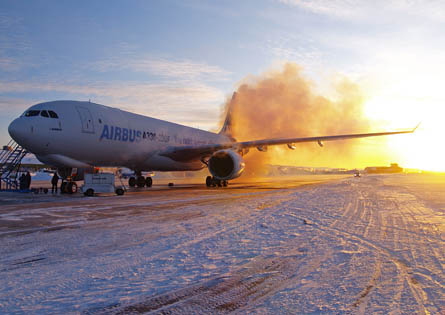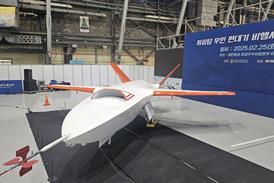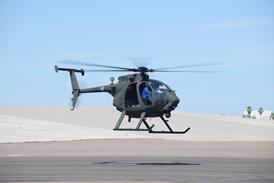Airbus is introducing a variable-weight capability for its A330-200 freighter, to provide the type's customers with the ability to transport a greater payload over certain routes.
The dynamic payload-range mode is to be unveiled formally by the airframer this week after it obtained approval to offer the option.
It will enables the twinjet to increase revenue payload by up to 2.5t over a specific range, around 3,200-4,000nm (5,930-7,400km), by "tuning" the zero-fuel weight over a 5t range.
 |
|---|
© Airbus |
Airbus says the option effectively smooths the differential between the payload-range curves for the type over these distances.
Normally the aircraft would be available configured in "range mode" - known as weight variant WV00 - or in "payload mode", variant WV01.
The dynamic mode, designated WV02, provides for a variable zero-fuel weight of 173-178t.
This variable zero-fuel weight depends on the actual take-off weight required and translates into a variable structural payload of 65-70t, the extremes of the other two variants.
In this dynamic mode the A330-200F has a maximum take-off weight of 233t.
Airbus says the greatest payload improvement, 2.5t, is achieved on a sector of 3,650nm.
"It allows better flexibility and payload optimisation on transatlantic and route between Asia, India and the Middle East to Europe," it adds.
Operators could potentially achieve a 1.1t gain on Brussels-New York, the airframer claims, or 1.8t on services between Singapore and Sydney.
The decision to offer the optional feature follows European Aviation Safety Agency certification of the new capability in January.
Airbus says the dynamic payload-range mode will give carriers the opportunity to "utilise the aircraft's maximum payload potential over a wider range of routes than previously".
Source: Flight International























